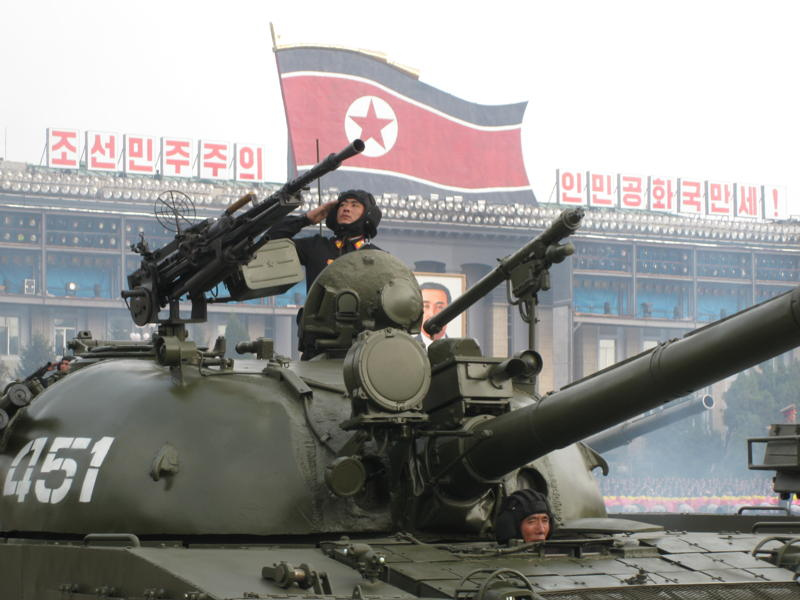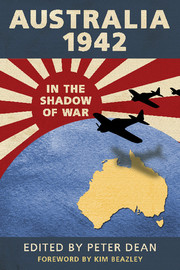Defence industry cooperation in Asia: bad and good news
Two big developments last week highlighted both the difficulties and the opportunities for Australian defence industry to make headway (as Australia sees it) in the so-called Asian century. The first development relates to a lost opportunity with a South Korean firm, the other to a potentially huge opportunity with Japan. To give these stories a bit of context, it’s worth highlighting how the Asian Century White Paper described prospects for cooperation with our current second and sixth biggest trading partners:
The more advanced economies in the region—particularly Japan and South Korea—will remain important drivers of economic activity, especially as suppliers of critical, high‑value elements of the region’s production networks and as consumers of final goods.
Imagine the disappointment the report’s authors would have felt last week to learn that a major South Korean firm, the Poongsan Corporation, had pulled out of an arrangement with Raytheon Australia and Chemring Australia to tender for our domestic munitions manufacturing. The managing Director of Poongsan was quoted in the Australian Financial Review (paywalled) expressing concerned about the ‘acquisition system in Australia’ and that ‘the sovereign risk … the Australian program represents to Korean companies has become too large to ignore’. Read more




